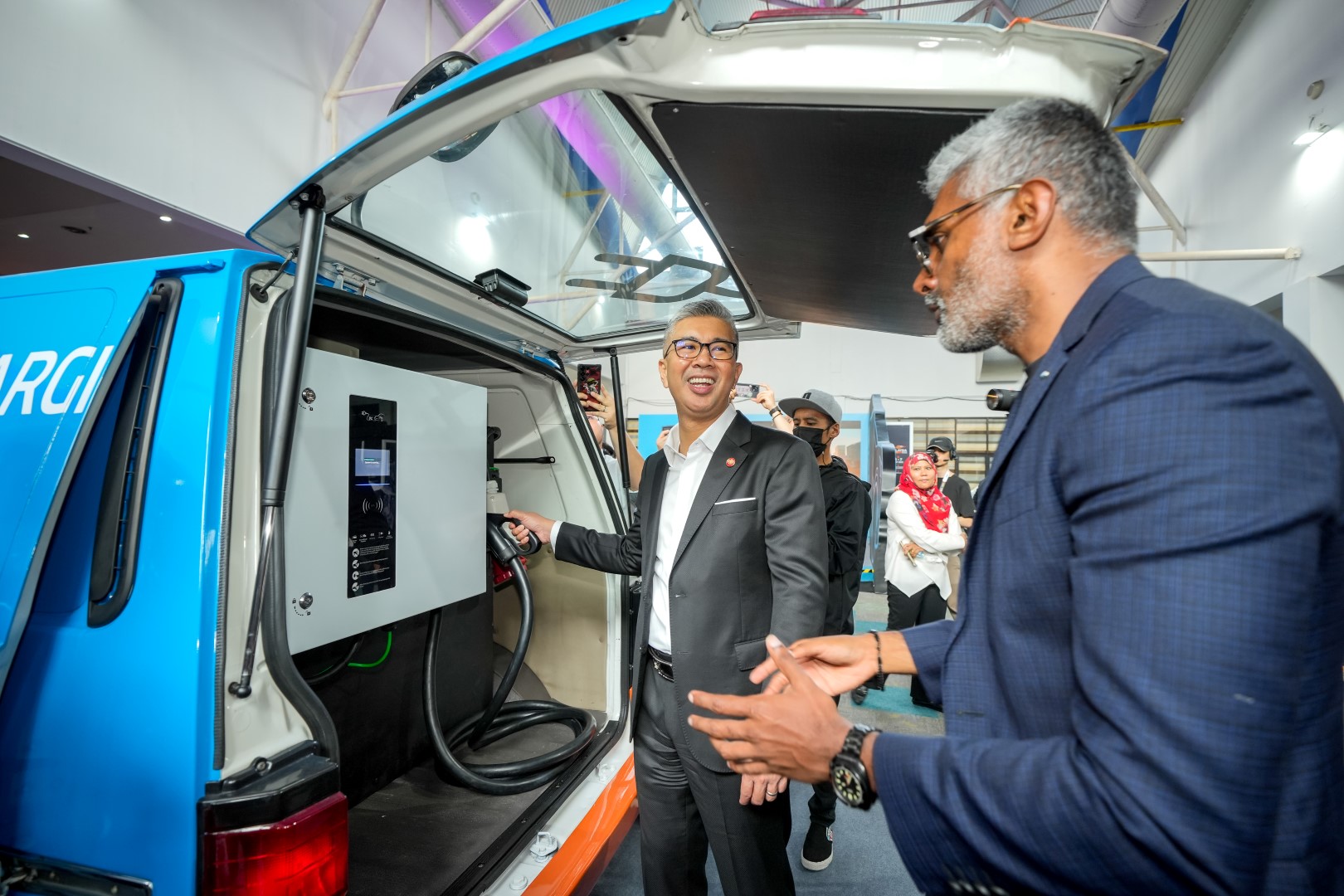BMW Group Malaysia unveiled Malaysia’s first Mobile Charging Vehicle at the annual Malaysia Autoshow 2023. A first-of-its-kind initiative by BMW Group Malaysia, the company partnered with EV Connection to introduce a second-life battery programme that will give batteries, from existing electrified BMW and MINI vehicles that are at the end of their lifecycle, a new lease of life as mobile EV chargers.
Dr. Che Hang Seng, Technical Director at EV Connection Sdn Bhd said, “EV Connection is honoured to be part of this unprecedented innovative initiative with a trusted automotive brand such as BMW in the development of this mobile charger. It is our hope that we will be able to elevate the range anxiety of EV drivers and contribute towards driving the Electrified Mobility revolution in Malaysia.”
From back-up support for data centres to mobile solutions for the charging of EVs, the second-life battery programme aims to pivot the mindset of recycling automotive waste to repurposing, giving the batteries a more meaningful second life that also encourages the development of sustainable innovation and sharing of technological know-how.

The prototype Mobile Charging Vehicle operates on 16 units of repurposed BMW battery modules which have a State of Health (SoH) of approximately 70%. The designed system has a capacity of 20kWh, which can provide up to 30kVA three-phase AC power on demand.
Coupled with a 30kW DC charger positioned at the back of the vehicle, the Mobile Charging Vehicle can be used to rescue up to two EVs and provide them with enough range to reach the nearest charging station. Additionally, the Mobile Charging Vehicle is also capable of powering up to eight homes in disaster zones, at full capacity.
The second-life battery programme is part of BMW Group Malaysia’s RE:GENERATE initiative to adopt circularity within the organisation, as they aim to divert all retired EV batteries here to further expand on their electrification possibilities.
These opportunities include high-voltage solutions such as an urban charging hub, roving generators to power communities in disaster zones, as well as enabling rural electrification in the years to come.


